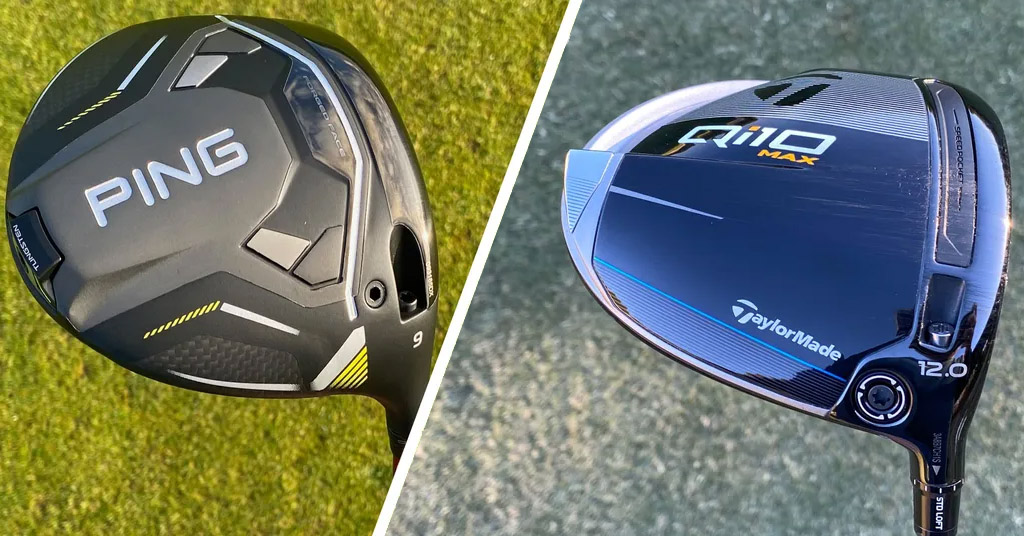
The stability and forgiveness of the head would be remarkable in isolation, but combined with the relatively low spin levels and high ball speed, it’s pretty exceptional. Ping has achieved a performance package that will suit a very broad spectrum of golfers here.
For
- Exceptional stability and forgiveness
- Very tight dispersion
- Powerful feel and ball speed
Against
- The stretched out footprint may not appeal to all
With a vastly different head shape to the TaylorMade norm and exceptional levels of forgiveness, the Qi10 driver could be a real market disruptor. Incredibly easy to launch and with impressive stability, this driver will hold a lot of appeal to many golfers.
For
- Massively stable at impact
- Very easy to launch
- New head shape is excellent
Against
- Not as draw biased as some in this category
Ping G430 Max 10K vs TaylorMade Qi10 Max Driver: Read Our Head-To-Head Verdict
The launch of a new series of TaylorMade drivers is one of the most hotly anticipated events in a gear writer's calendar. It feels like the whole world is waiting to see if TaylorMade has yet again produced one of the best golf drivers in the game. So when the box finally arrived on my doorstep containing the new Qi10 family, I was very interested to open it up. In there was the new Qi10 series of drivers, featuring the Qi10, the Qi10 LS, and the subject of this head-to-head, the Qi10 Max.
Going against it is the new offering from Ping, the G430 Max 10k, the latest addition to the highly successful G430 family which hit the shelves in January 2023 and included the Max, LST, SFT and HL versions. Now, a year on in January 2024, yet another G430 driver has made its way onto the market - the Max 10K.
The G430 Max 10k and the Qi10 Max are competing for the same spot in the market and there are a number of similarities between them, not least the use of the number '10' in the branding, which is a nod to the MOI of ten thousand which has been achieved by both of these drivers. I'll get to this in more detail shortly, as it's kind of a big deal.
You can expect to hear a lot about these drivers during the course of this year as both will be in the bags of some of the world's most recognisable golfers. Ranked as some of the most forgiving drivers that money can buy, the G430 range has been used heavily on the professional and amateur circuit, and the new G430 Max 10K is already receiving excellent feedback from Ping's Tour Pros. Cameron Champ, one of the PGA Tour's longest hitters, claimed that: "I’ve been pounding balls with it." while Tony Finau has also put it in play.
Similarly, TaylorMade's stable of top pros are expected to embrace the new Qi10 drivers and Rory McIlroy, Tiger Woods and Collin Morikawa have all been seen testing it in competition.
Both of these drivers have been rigorously tested by Golf Monthly, so here we take a look at the performances of these two hot new products head-to-head.
WATCH: We test the new Ping G430 Max 10k driver and assess the performance
Technology
We'll start with the TaylorMade Qi10 Max, which is very much the hero product of this particular family, so much so in fact that the whole series was named after this model. The quest for 10k MOI was what the TaylorMade engineers set out on hence the ‘Q’ for quest, the ‘i’ for inertia and the ‘10’ for 10k, giving us the Qi10.
To give you some context, the previous attempts to push MOI higher had plateaued around the 8500 mark and it had always been felt that pushing for higher and higher MOI went hand in hand with a loss of speed and excessive spin. The engineering of the Qi10 Max aims to dispel the notion that speed and forgiveness are opposing forces. So essentially what TaylorMade hoped to have achieved here is its most forgiving driver of all time with no compromise on ball speed.
So what has TaylorMade done? Well to start with, they have stretched the head shape creating a 8mm longer profile front to back compared to the previous Stealth range. This moves that CG into a deeper, more MOI friendly location immediately. This also creates a 9 percent larger footprint on the Qi10 Max than the Stealth 2 HD. On top of that, it has engineered the inside of the head to be able to push mass into more extreme locations, again boosting MOI. The 60 layers of carbon remain, making up the face, as does Twist Face technology.
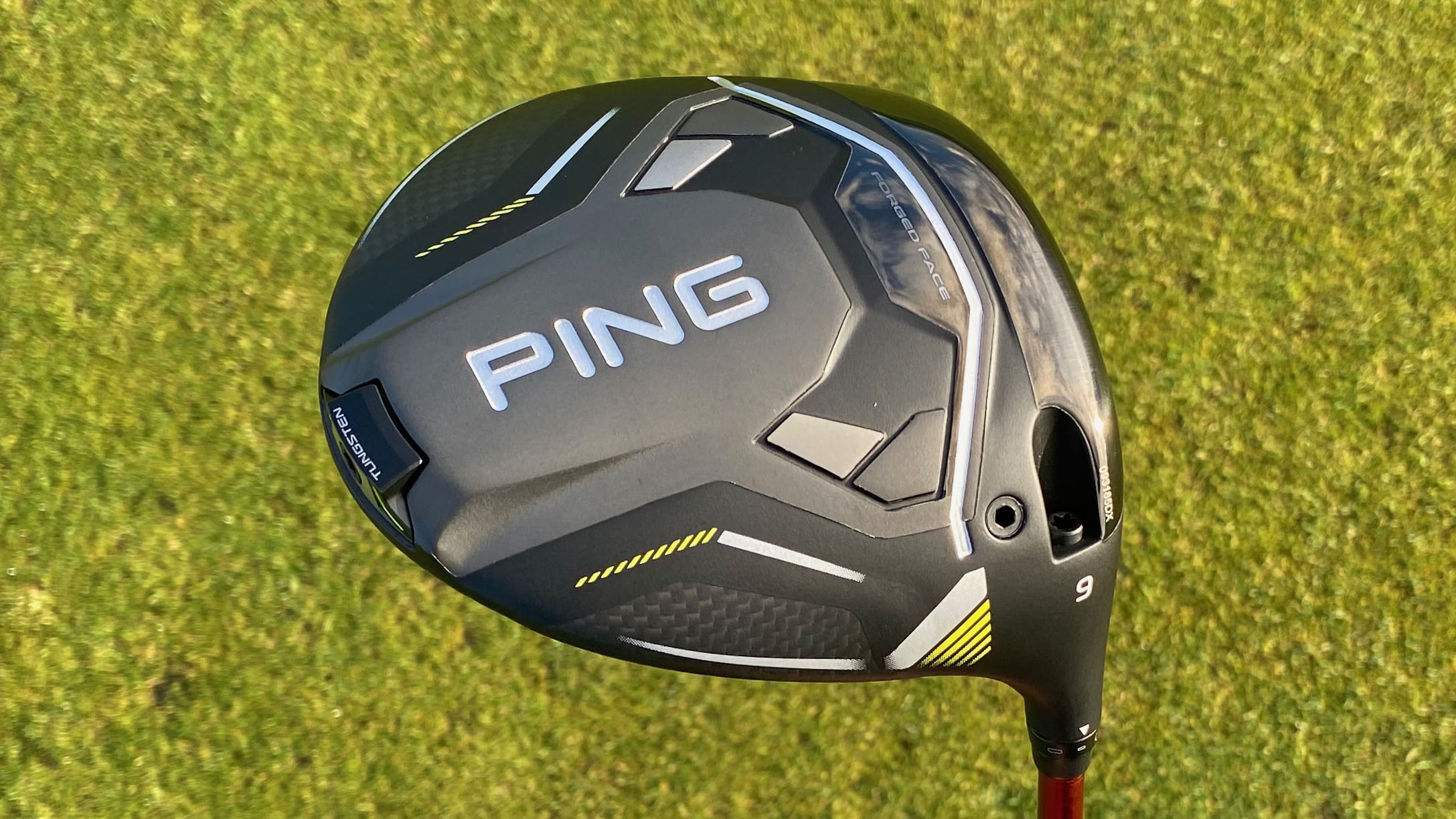
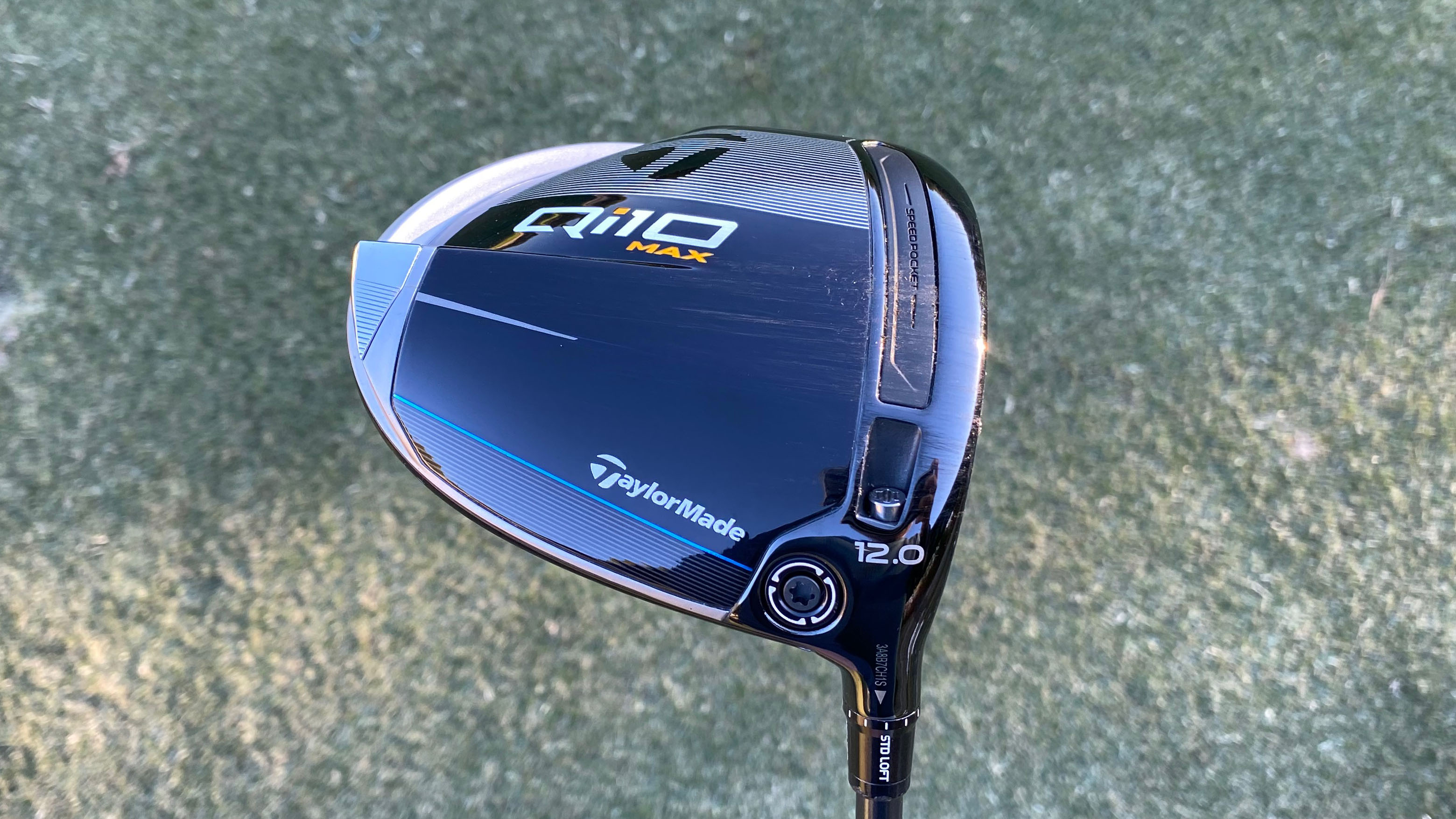
Onto the Ping, and you may be wondering what the difference is between the highly successful G430 Max of last year and this new 10k version. If so then you will want to check out my Ping G430 Max vs G430 Max 10k head-to-head comparison.
The short answer though is that Ping claim the Max 10k is the straightest and highest MOI (moment of inertia) driver it has made to date, eclipsing the 10,000g-cm2 combined moment of inertia threshold first surpassed by the G400 Max five years ago.
How does it do this? Well, it features a significantly bigger footprint (more on that later), a fixed back weight and a Carbonfly wrap on the crown. The weight in the Max 10K is 28g, which is a 3g increase on the standard Max model.
That extra back weight is what helps the MOI increase, as it drives the weight down and towards the back for more forgiveness. What's more, there are weight savings of 5g on the carbon crown. This may not sound like a lot but this, mixed with the shallower and thinner forced face, ensures faster ball speeds, with the Spinsistency also present to help that speed further.
Creating high MOI is relatively straightforward from an engineering perspective, but to do so while managing spin so well is truly impressive and both Ping and TaylorMade have achieved this in their new Max drivers.
Looks
Amongst the best Ping drivers, you see the turbulators on the top of the crown, but in the G430 range there are subtle differences between the various models with the new Max 10k perhaps being the most aesthetically pleasing in the range.
It features the ‘Carbonfly Wrap’, with the two-tone effect on the crown creating a high tech effect that looks great. In terms of the look of the head, I was sold immediately. Whilst it is noticeably larger as a footprint than previous models, the proportions still felt right.
Sometimes the oversized look can split opinion, but I feel the dimensions are spot on as the ball is framed well and the additional real estate really does inspire confidence. The slick, modern branding on the toe (see below) is very striking and overall this is an exceptionally nice looking club.
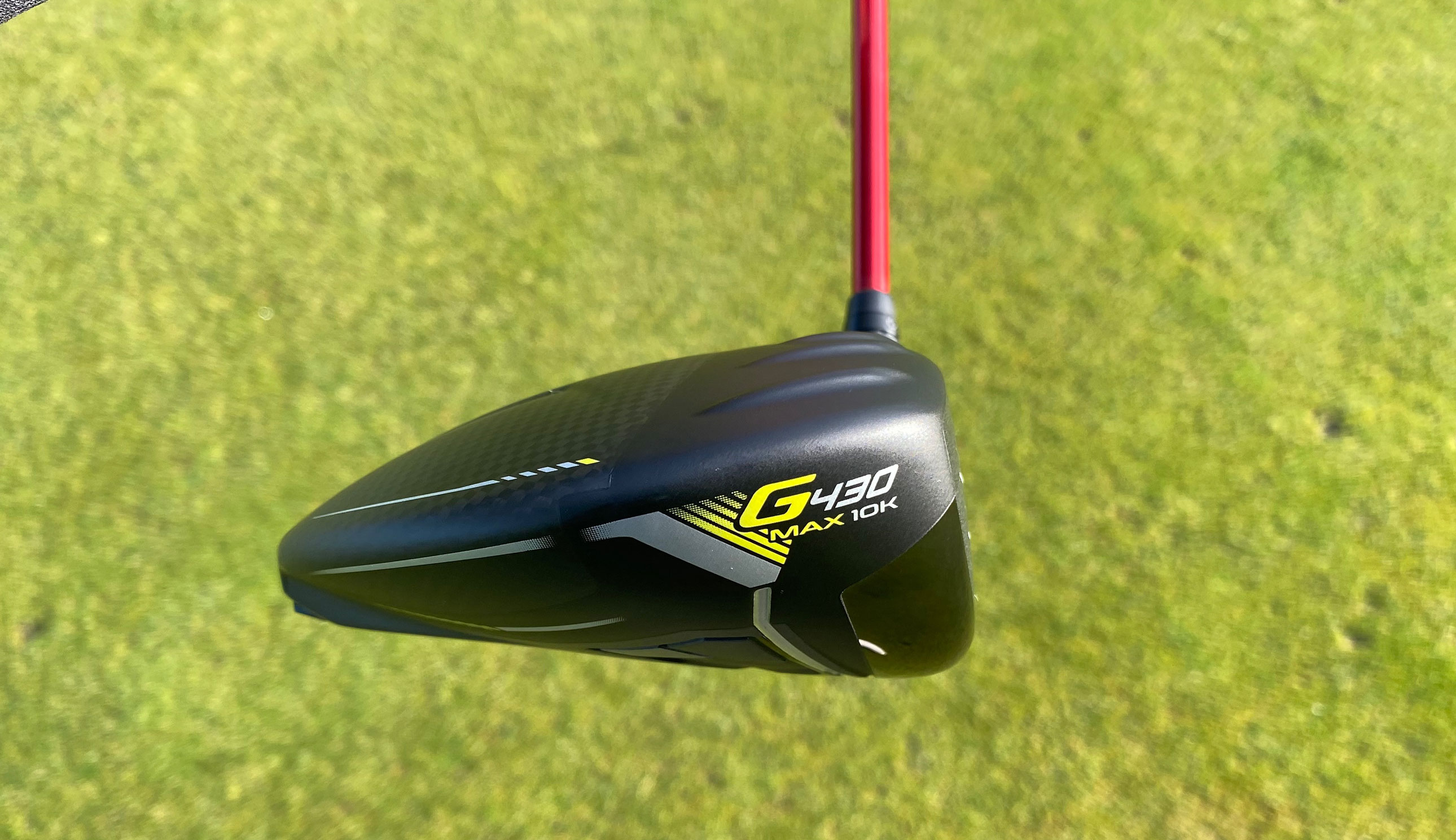
In terms of the TaylorMade, many - myself included - will be pleased to see the back of the red face that adorned the Stealth and Stealth 2 range. While it certainly had its fans, I felt it was divisive and lacked broad appeal. Instead it has been replaced with a clean, dark navy face which will sit better with a larger majority in my opinion. A nice addition to the face is a subtle white line that runs along the top edge of the face, giving an excellent reference for alignment.
The top of the club is vastly different from its predecessor with a new infinity crown spelling the end of the road for the thick border strip at the top edge of the club. Instead a clean, uniform, gloss black finish covers the entirety of the crown giving a much less fussy aesthetic.
Down behind the ball, I really liked the new shaping of the Qi10 Max. As well as being pretty enormous, it is extremely rounded, similar in shape at least to a Titleist TSR2. The sheer size of the footprint will give less competent ball strikers real confidence that they can make good contact here.
Not much to choose between them in this category then. Both drivers look great and it just comes down to individual taste.
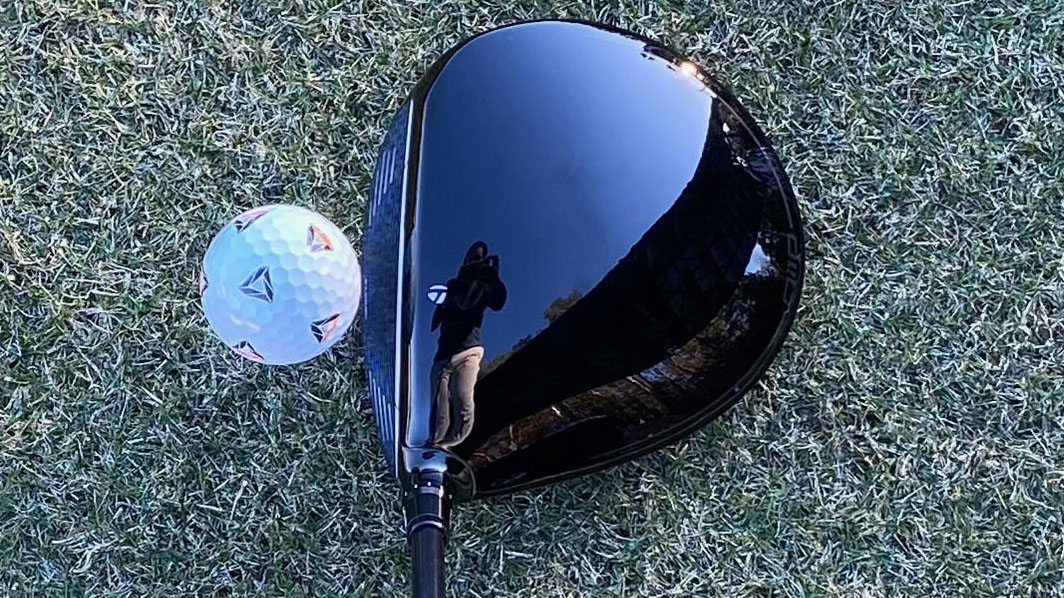
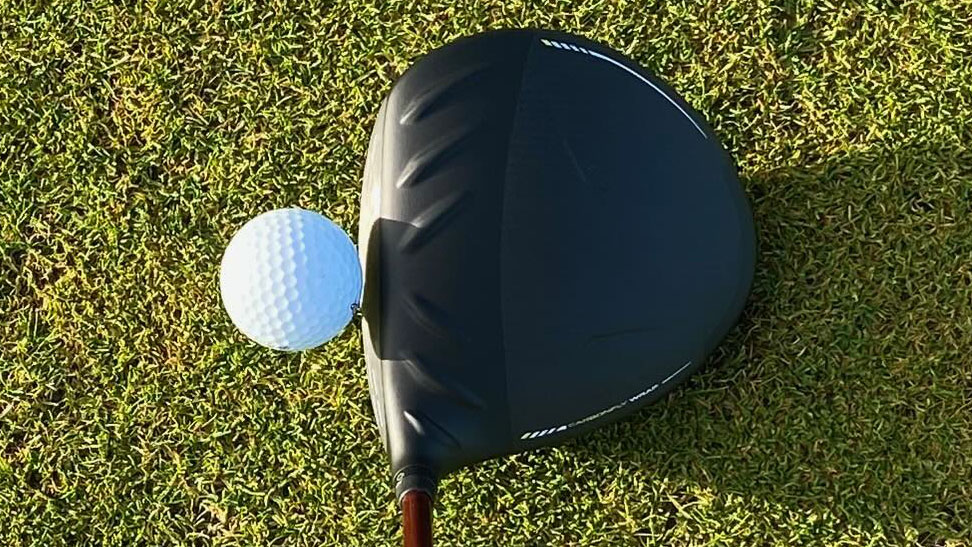
Feel
The feel and sound were impressive on both drivers, albeit with significant differences. The Qi10 Max unleashes a powerful and meaty sound at impact but at a decent pitch. Feel was enjoyable with impact producing a deep and lively sensation,
In the case of the G430 Max 10K, the sound of strike is another point of difference worth noting versus the rest of the G430 range. In testing, we felt that it is audibly louder and slightly more high pitched, arguably giving a livelier more powerful acoustic. Importantly though, it is not at the overpowering level of the G425 driver range which really did put some golfers off using what was otherwise a truly exceptional driver.
Obviously, the sound comes down to your own personal preference, but for me personally I would say that the feel of the G430 Max 10K driver is up there with the very best golf drivers on the market. It has a very powerful feel that is an upgrade on the standard G430 Max, but some golfers might prefer the meaty, lower pitched sound of the TaylorMade driver.
Performance
All in all, these drivers have been relatively well-matched so far. However, this is the area where the G430 Max 10K began to stand out, with the biggest difference being the distance aspect. The Ping was longer than the TaylorMade by around eight yards and also had a significantly higher ball speed. Although testing conditions were not exactly the same for both drivers this would not account for such a big difference.
The G430 Max 10K delivered a truly phenomenal performance and might be one of the few drivers in the world where bold marketing claims have actually exceeded our expectations. The stability, forgiveness and low spin in the head make this driver extremely close to being perfect and I awarded it the full five stars in my review.
The ball speed numbers are comparable to anything on the market and the spin output stands up against any of the best low-spin drivers, as does the TaylorMade Qi10 Max too in fairness. The Ping had a spin rate of 2481 rpm while the TaylorMade came in at 2474 rpm. Virtually no difference there at all really.

The stand out thing with the G430 Max 10k is how that low level of spin combines with potentially the most stable and forgiving driver head I have ever used. This is obvious in the fact that mis-hits barely dropped more than 2mph and the dispersion remained incredibly tight, with the Max 10K almost featuring a slight draw bias that will please a lot of golfers.
While the Ping was a clear winner in this category, the TaylorMade Qi10 Max performed excellently too and compares favorably with virtually anything else out there. It is astonishingly forgiving. Some of the poorer strikes I administered to the ball were hugely flattered by the high MOI of the driver. Ball speed remained pretty constant no matter where I hit it on the face and dispersion was pleasingly tight both from a length and directional perspective.
The best aspect of the Qi10 Max was the stability. The resistance to twisting, even when struck at the very extremities of the face, was genuinely impressive. Just not quite as impressive as the Ping G430 Max 10k.
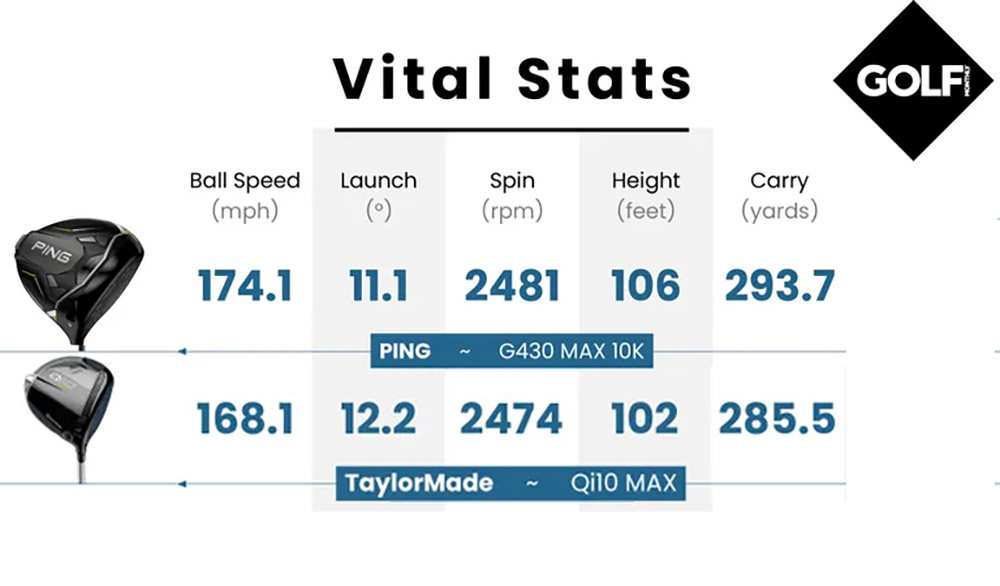
Which one should you choose?
Choose the G430 Max 10K if...
- You are after a confidence-inspiring look at address
- You are looking to increase distance off the tee
- You are wanting ultimate forgiveness across the face
Choose the Qi10 Max if...
- You want a stunning looking head
- You want to use the same brand as Tiger
- You prefer a softer feel and duller sound







